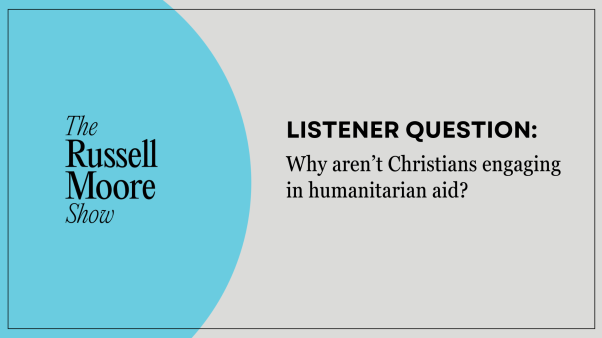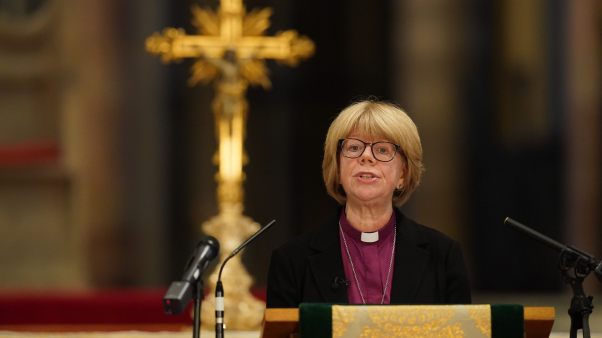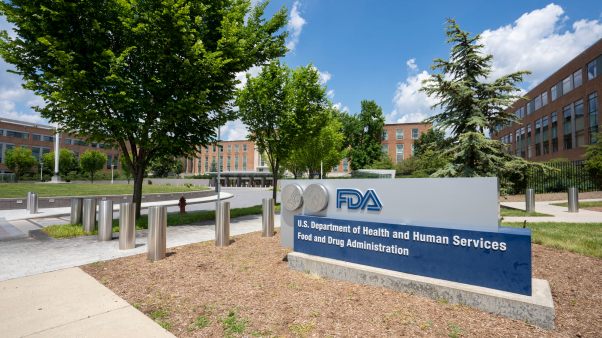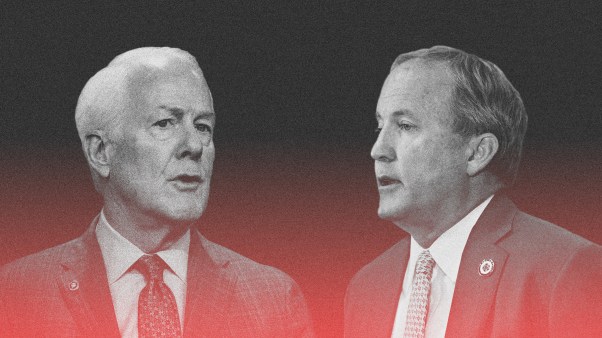In a recent debate surrounding a cross displayed at the World Trade Center 9/11 memorial site, both sides agree on at least one point: the complaints by atheist litigants that the presence of the cross has caused them to suffer “dyspepsia, symptoms of depression, headaches, anxiety, and mental pain and anguish” are less than credible. Even the commentators who have argued against the inclusion of the cross in the 9/11 memorial have nevertheless ridiculed these purported symptoms, assuming they are nothing but a thinly-veiled attempt at establishing legal standing.
But Christians should recognize that these seem to be the sort of symptoms many sane and thoughtful persons experience upon encountering an unwanted vision of the cross. Far from being silly, these four atheists seem to take the cross more seriously than many believers do.
Because the cross tells the world’s strangest story in an image, it has always provoked a variety of responses, most of which have been negative. In the first century, the idea that the crucified Jesus was God-in-the-flesh was considered, depending on one’s background, either a scandal or a joke. (As the Jewish-turned Christian theologian St. Paul put it, “a stumbling block to Jews and foolishness to Gentiles.”) A weak, suffering deity held little appeal and would have been easily dismissed, were it not for the early Christians’ insistence that the death of Christ was everyone’s problem.
Jesus’ first followers did not only assert that God came to earth and died, but also that culpability for his death was universal. “This Jesus, whom you crucified,” were the words chosen by St. Peter to conclude the first Christian sermon, directed to an ethnically diverse crowd, most of whom were not even present in Jerusalem on the day of Jesus’ death.
For the two millennia since Jesus’ resurrection, Christian orthodoxy has been consistent in repeating this same message: the whole world stands equally guilty of committing history’s greatest atrocity, an atrocity in light of which the events of 9/11 pale in comparison. God came to earth, and we killed him.
The Book of Acts records that upon hearing this indictment for the first time, many of Peter’s listeners were “cut to the heart.” Understandably so—the charge is enough to turn the stomach, darken the mind, and plunge the heart into despair. Or, in other words, Peter’s words were enough to cause “dyspepsia, symptoms of depression, headaches, anxiety, and mental pain and anguish.” The atheist litigants have called the 9/11 cross “an ugly piece of wreckage,” arguing that it speaks of “horror and death.” On the basis of the New Testament, these statements are difficult to contradict.
But if the image of the cross represents humanity’s greatest collective failure, why would a nation cling to it as a sign of hope in the days after 9/11? The exchange that follows Peter’s sermon sheds some further light.
When asked to suggest a course of action, Peter advised his hearers, “Repent and be baptized, every one of you, in the name of Jesus Christ for the forgiveness of your sins”—advice which makes little sense unless one assumes certain premises. These premises, implicit in the Christian religion from day one, were intricately explored over the next several decades in the writings of St. Paul, who advanced what would become the best-known but least-understood tenet of Christian theology: that somehow the death of the perfectly sinless Christ was itself the event which atoned for all the wrongdoing of the sinful human race.
If true, this turns the cross into a profound paradox. The same event that condemns humanity also justifies it, standing at once as damning evidence of guilt and a doorway to forgiveness and innocence. What’s more, the very episode that shows humanity at its worst shows God at his best, as he transforms an act of wickedness into a display of mercy and love. It is difficult to imagine themes more relevant to the attacks of September 11.
Suppose God himself has suffered and died at the hands of evil men. Suppose God himself has shown the capacity for taking what was intended for harm and using it for good. Might this affect the way we ourselves face evil and suffering? Might this be a source of strength to someone who is waist-deep in ash and rubble, trying to loosen bodies from steel and concrete?
For the person who accepts this narrative, the cross is the only thing that makes sense in the face of a senseless tragedy. But for the person who rejects it, the cross serves as a reminder of an offensive and seemingly absurd accusation, adding insult to injury. The trouble with the cross is that it refuses to be the universal symbol of beauty that some would make it out to be—it speaks life to those who believe, but death to those who do not.
No wonder people disagree about where it should be displayed.
Ryan Holladay is pastor of Lower Manhattan Community Church, which meets two blocks from the World Trade Center site.
“Speaking Out” is Christianity Today‘s guest opinion column and (unlike an editorial) does not necessarily represent the opinion of the magazine.
Copyright © 2011 Christianity Today. Click for reprint information.
Related Elsewhere:
The September issue of Christianity Today will reflect on the tenth anniversary of September 11. Previous articles on 9/11 include:
Wake-up Call | If September 11 was a divine warning, it’s God’s people who are being warned. (November 5, 2001)
Where Was God on 9/11? | Reflections from Ground Zero and beyond. (October 23, 2001)
Now What? | A Christian response to religious terrorism. (September 21, 2001)








